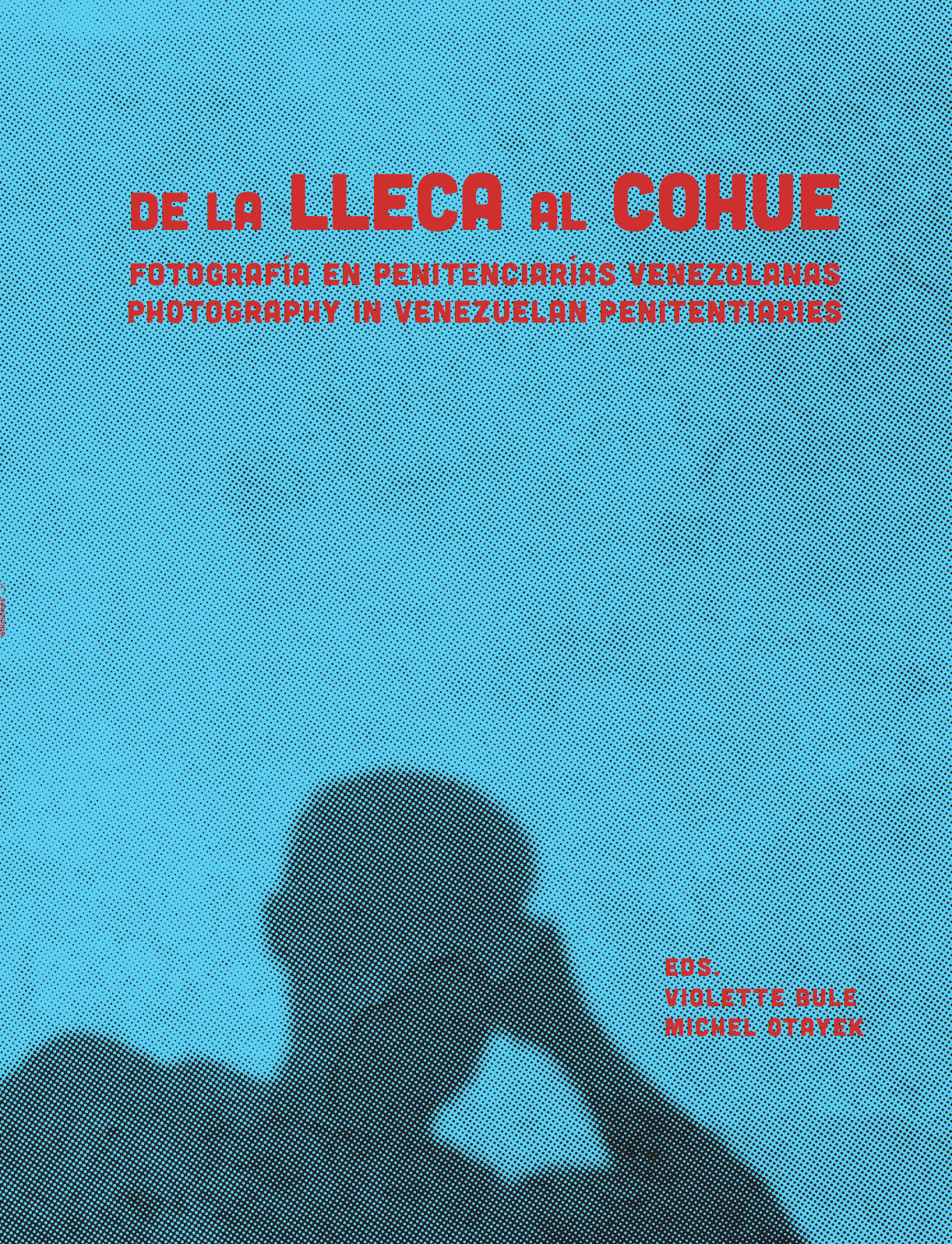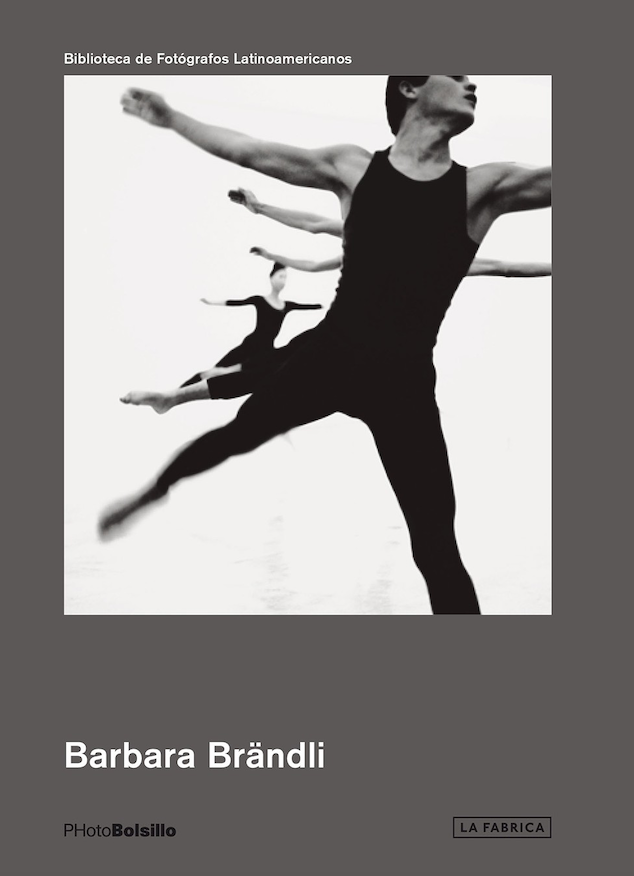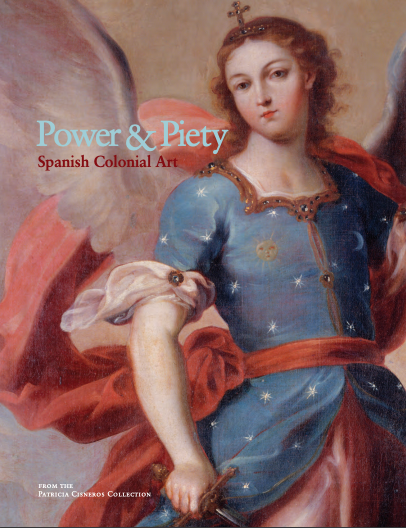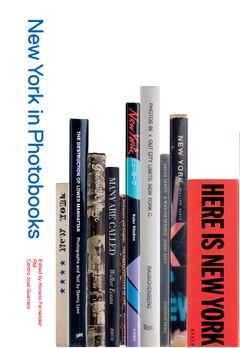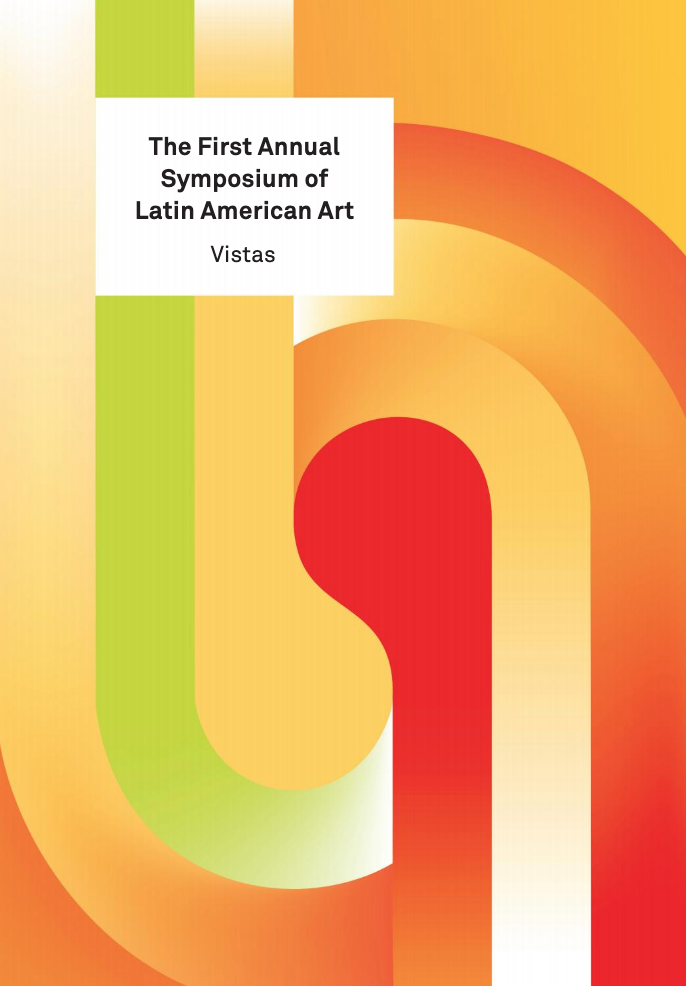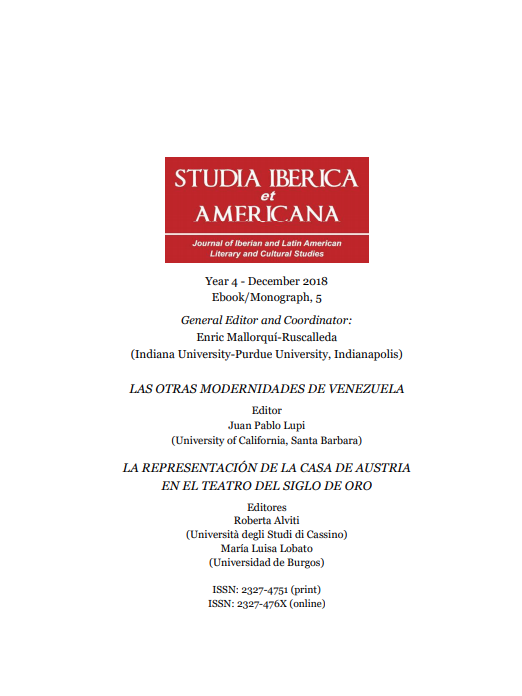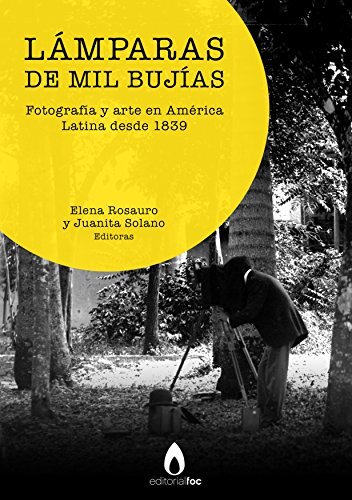Selected Publications
de la LLECA al COHUE: Fotografía en penitenciarias venezolanas / Photography in Venezuelan Penitentiaries, co-edited with Violette Bule. Mexico City: Roga Ediciones, 2023.
de la LLECA al COHUE offers a look into Venezuelan penitentiaries, as seen by women and men living in them. The images reproduced in this photobook stem from a series of photography workshops conceived by the Venezuelan artist and photographer Violette Bule and held in several detention facilities across the South American country between 2010 and 2012. That experience resulted in an archive of over 3,000 photographs taken by participants in the workshops, attendance for which was free and voluntary. The book’s contents and design reflect my dialog with Violette Bule about the value of creative expression in situations of extreme hardship. Along the sequence of images, a handful of terms borrowed from Venezuelan prison slang point to the role of language in fostering a sense of community among incarcerated people. With this publication, we invite readers to consider different perspectives about life under incarceration, beyond the polarized positions that dominate public discourse on criminal justice.
“Rómulo Gallegos, Canaima, and the Photobook that Never Was,” in Vistas 2: First Annual Symposium on Latin American art—Realisms: Politics, Art, and Visual Culture in the Americas, ed. Sean Nesselrode Moncada, 63-73. New York: Institute of Fine Arts, 2020.
In this essay, I consider the publication of photographs of southern Venezuela by the Romanian-born photographer Thea Segall in the curious 1984 book Y Gallegos creó Canaima, published by Ferrominera del Orinoco on occasion of the novelist Rómulo Gallegos’ centennial. In my discussion, I examine how this book - at once, a photographic document, a study of Gallegos’ writing process, and a celebration of the Venezuelan government’s industrialization agenda - betrays a remarkable set of assumptions embedded in its own production. I specifically address how the sidelining of Segall’s photographs in this government-sponsored publication reflects a clash of narratives about the country’s past and present as well as the state’s role as harbinger of industrialization.
“Keepsakes of the Revolution: Transnational Networks and the Production and Distribution of Anarchist Propaganda During the Spanish Civil War,” in Writing Revolution: Hispanic Anarchism in the United States, 1868-2015, eds. Montse Feu and Christopher Castaneda, 227-244. Chicago: University of Illinois Press, 2019.
In this essay I discuss some of the literature produced by the CNT-FAI's Foreign Propaganda Office during the Spanish Civil War, including a richly-illustrated booklet with text in several languages and images by the Hungarian-born photographer Kati Horna. I show that while the CNT-FAI revolutionary narrative had the power to generate considerable media interest and mobilize public support beyond anarchist circles, the Foreign Propaganda Office failed to capitalize on the strengths of existing networks across the United States at a time of increased collaboration between Hispanic and non-Hispanic anarchist groups.
"Fotografía y excepcionalidad: Barbara Brändli, Thea Segall y el sur venezolano," in Studia Iberica et Americana 5: Las otras modernidades de Venezuela, ed. Juan Pablo Lupi (2019), 101-121..
In this essay, I explore the participation of photographers Barbara Brändli and Thea Segall in projects centered in southern Venezuela. Taking into consideration their perspective as foreign-born women and underscoring certain differences in their authorial discourse as photographers, I examine the publication of their images in printed materials that, in their advocacy of Venezuela’s ostensibly exceptional modernity, postulate a peculiar relationship between the country’s present and its pre-modern past.
“Del reportaje periodístico a la rebelión contra el arte: las vidas múltiples de “El iluminado” de Kati Horna,” in Lámpara de mil bujías: fotografía y arte en América Latina desde 1839, eds. Elena Rosauro and Juanita Solano, 390-429. Barcelona: Editorial Foc, 2018.
This essay explores the remarkable circulation history of a single photographic image by Kati Horna. Originally taken in 1944 for a photographic reportage about the Central Mental Asylum in Mixcoac, in the outskirts of Mexico City, Kati Horna’s "El iluminado" (The Enlightened One) depicts one of the patients living in the then-overcrowded institution. In 1961, nearly two decades after being first published in the Mexican illustrated weekly "Nosotros," the portrait was one of the works included in the controversial collective exhibit Los Hartos (The Fed-Ups), organized by Mathias Goeritz at the Antonio Souza Gallery. This article examines the rich circulation history of the image, one of the best known within the photographer’s corpus. Paying attention to how it was re-signified in domestic and public settings, I propose that the portrait’s inclusion as an artistic object in Los Hartos sought to condemn the contemporary system of production and commercialization of art by problematizing the ontological essence of photography.
Barbara Brändli. Madrid: La Fábrica (2018).
Published under the PhotoBolsillo collection of La Fábrica, this is the first bilingual monographic publication dedicated to the work of the Swiss-born photographer. Titled “Barbara Brändli’s Distant Venezuela,” my essay for this publication follows Brändli's career in Venezuela as she photographed indigenous communities, urban Caracas, cultural institutions and Andean farmers in the isolated páramo.
“Loss and Renewal: The Politics and Poetics of Kati Horna’s Photo Stories,” in Told and Untold: The Photo Stories of Kati Horna in the Illustrated Press, eds. Christina de León, Michel Otayek and Gabriela Rangel (exhibition catalog), 20-39. New York and Mexico City: Americas Society and Archivo Privado de Foto y Gráfica Kati and José Horna S.C., 2017.
Essay written for the catalog of "Told and Untold: The Photo Stories of Kati Horna in the Illustrated Press," the first exhibition in the USA dedicated to the work of the Hungarian-born Mexican photographer, which I co-curated with Christina de León. Held at Americas Society (New York) during the fall of 2016, "Told and Untold" offered a comprehensive overview of Horna’s diverse practice and included a numerous photographs (including some never before seen), contact sheets, montaged cuttings, personal albums, and a large selection of newspapers and magazines in which her work circulated. Grounded on years of archival research in Mexico, the United States and Europe, my essay offers an overview of Horna's career with emphasis on how her involvement with anarchism during the Spanish Civil War shaped the course of her subsequent career as an exiled photographer in Mexico.
“Berenice Abbott: Changing New York,” and “Walker Evans: Many Are Called,” in 50 Photobooks About New York, ed. Horacio Fernández (exhibition catalog), 40-47 and 104-109. Granada, Spain and Mexico City: Centro José Guerrero and Editorial RM, 2016.
Essays on Berenice Abbott's "Changing New York" (1939) and Walker Evan's "Many Are Called" (1966) written for "New York in Photobooks" (Barcelona and Granada: RM and Centro José Guerrero, 2017). Published in conjunction with a traveling exhibition curated by Horacio Fernández and including contributions by several photography scholars, "New York in Photobooks" gathers and studies a selection of images of the capital of the 20th century, one of the most photogenic and most photographed cities in history. Through a wealth of gorgeous reproductions of photobook spreads, the city of skyscrapers is captured from the zenith of its construction in the 1930s to the destruction of the World Trade Center in 2001, alongside the urban life of the New Yorkers themselves, in images that epitomize the very genre of street photography.
"Catalogue" and "Timeline," in Power and Piety: Spanish American Colonial Art, ed. Jorge F. Rivas (exhibition catalog), 54-167 and 170-179. Alexandria and New York: Art Services International and Colección Patricia Phelps de Cisneros, 2015.
Catalogue entries of the 57 objects included in "Power and Piety: Spanish Colonial Art," an featuring paintings, sculptures, silver pieces, furniture and decorative devotional objects from the Colección Patricia Phelps de Cisneros. These objects were created in Latin American during the Hispanic and Republican periods, from the early seventeenth century through the mid-nineteenth century. They showcase a wide range of artistic production and the finesse of local masters. Together these works offer an opportunity to learn about the daily life and religious practices of colonial Latin America and they shed light on the the nature of commercial exchange in the region.
